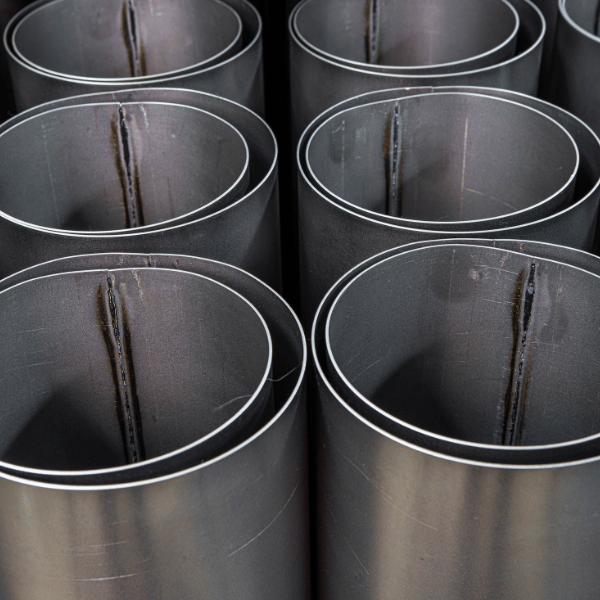Introduction
Stainless steel is a crucial material in numerous industries, prized for its durability and corrosion resistance. Composed mainly of iron, chromium, and nickel, this versatile alloy is essential for applications ranging from construction to manufacturing. In this guide, we explore the components of stainless steel and their roles in making this material a top choice for diverse applications across South Africa.
The Primary Components of Stainless Steel
Stainless steel is an alloy with a composition that is carefully balanced to achieve specific properties of strength, durability, and resistance to corrosion:
Iron
Iron is the fundamental base of stainless steel, providing the core framework that gives the alloy its strength and formability.
Chromium
Chromium is a key element, making up at least 10.5% of stainless steel. It forms a passive oxide layer on the surface, which shields the steel from rust and corrosion. This property is vital for maintaining the longevity and integrity of stainless steel in various environments.
Nickel
Nickel enhances the corrosion resistance and mechanical properties of stainless steel. It improves the alloy's ductility, toughness, and also adds a pleasing aesthetic shine, making it suitable for visible applications.
Additional Elements and Their Impact
While iron, chromium, and nickel are the primary constituents, several other elements are added to stainless steel to fine-tune its properties for specific applications:
Carbon
Carbon is added in small amounts to increase hardness and strength. This is crucial for applications requiring wear resistance, such as in cutting tools.
Manganese and Silicon
Both elements are used to enhance the strength and ductility of stainless steel. Manganese also helps in deoxidizing the steel during production, while silicon boosts the alloy's strength and resistance to high temperatures.
Molybdenum
Adding molybdenum improves the material's resistance to pitting and corrosion, particularly in marine and acidic environments. This makes it ideal for use in chemical processing equipment and applications exposed to chloride.
Custom Alloy Variants from NSSC
Understanding the specific needs of industries, National Stainless Steel Centre offers customized stainless steel variants. These tailored solutions ensure that the material not only meets the required specifications but also performs optimally under specific environmental conditions.
Applications and Selection Tips
-
Construction and Infrastructure: For structural applications, stainless steel grades with high strength and corrosion resistance are chosen to ensure durability and longevity.
-
Manufacturing and Automotive: Alloys with good formability and resistance to high temperatures are preferred for manufacturing parts and automotive components.
Conclusion
The composition of stainless steel makes it an indispensable material in various sectors. By knowing the roles of its core components—iron, chromium, and nickel—and the benefits of additional elements like molybdenum and carbon, users can make informed decisions when selecting stainless steel for their specific needs. National Stainless Steel Centre, stands ready to provide expert guidance and high-quality stainless steel tailored to meet the challenges of any project. Whether you're in construction, manufacturing, or any other industry requiring robust materials, understanding the components of stainless steel is key to choosing the right type for your applications.
Frequently Asked Questions
-
What makes stainless steel resistant to corrosion?
Chromium in stainless steel forms a passive oxide layer that protects the steel from rust and corrosion, making it highly durable in various environments. -
How does nickel enhance stainless steel?
Nickel improves the corrosion resistance, ductility, and overall strength of stainless steel, making it ideal for harsh conditions and visible applications.
-
Why is carbon added to stainless steel?
Carbon increases the hardness and tensile strength of stainless steel, which is crucial for applications that require durability and resistance to wear. -
What role does molybdenum play in stainless steel?
Molybdenum enhances stainless steel's resistance to pitting and corrosion, especially in marine and acidic environments, making it suitable for chemical processing equipment. -
How can I choose the right type of stainless steel for my project? Consider the environmental conditions and mechanical requirements of your project.
Consulting with experts like those at National Stainless Steel Centre can help you select the most appropriate grade for your specific needs.

